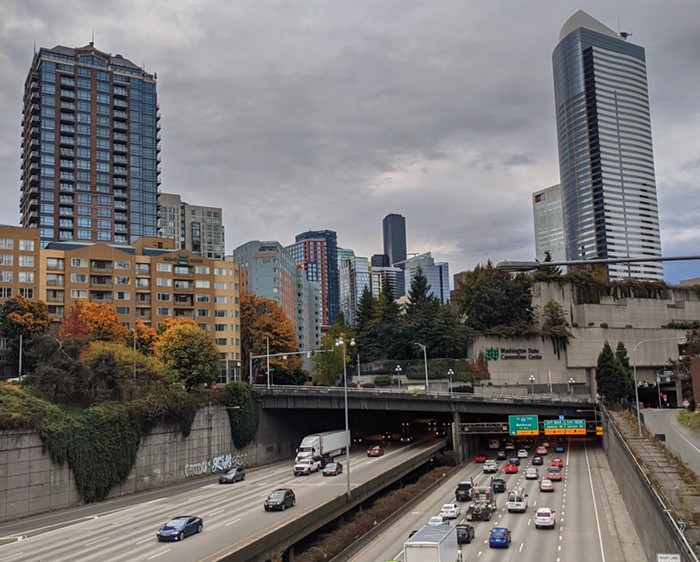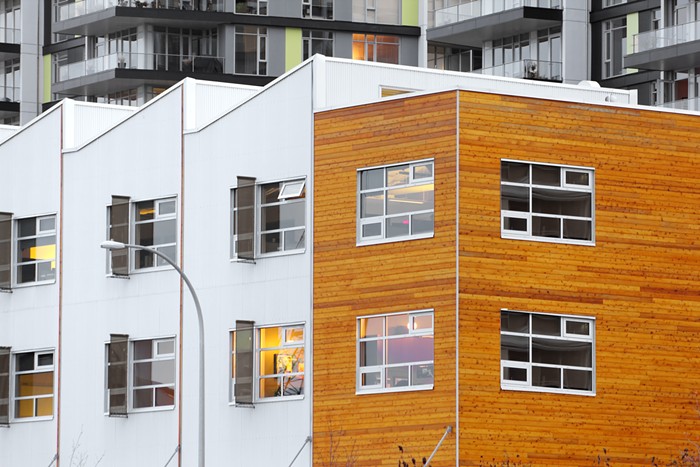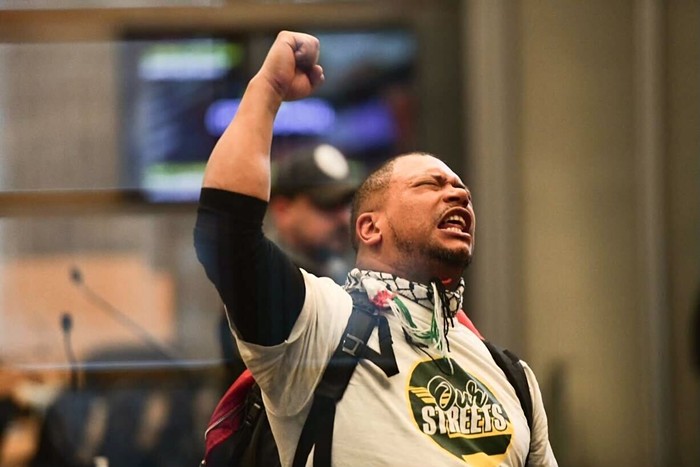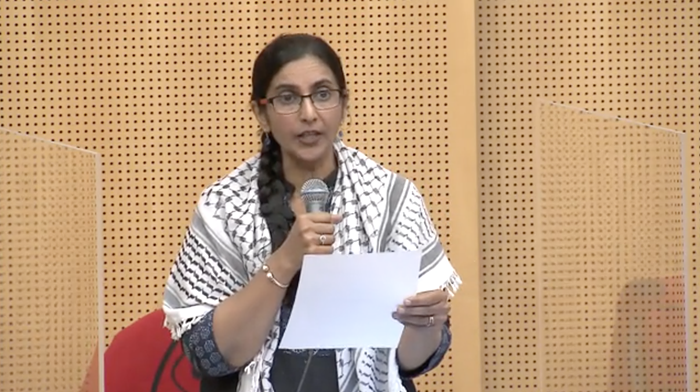
Pollution is killing and sickening people in south Seattle more than in other parts of the city. What do mayoral candidates Jenny Durkan and Cary Moon plan to do about this if they win?
A year ago, the Environmental Protection Agency awarded an environmental justice grant to El Centro de la Raza and other organizations to educate people about the effects of air and noise pollution in Beacon Hill, which is a predominantly non-white, low-income neighborhood disproportionately impacted by these types of pollution.
Environmental justice is the idea that environmental risks should be spread equitably in society regardless of race, ethnicity, income level and other categories. The concept arose because these environmental risks are never equally spread. From Standing Rock to Flint to Puerto Rico, there are examples all over the country of environmental dangers falling most heavily on people or color and low-income people.
This is true in Seattle, where the impacts of pollution are most strongly-felt in the south end, in neighborhoods like Georgetown, South Park, the Chinatown International District and Beacon Hill.
Often located near transport hubs, these neighborhoods bear the brunt of air pollution from interstate highways, busy arterials, airports, the Port of Seattle, cars, trucks, trains, buses, ships and planes.
Long-term exposure to certain air pollutants is associated with heart disease and childhood asthma, according to Tim Larson, a professor of Civil and Environmental Engineering at the UW. It also raises the risk of cancer.
Air pollution is also linked to worse mental health, according to a new nationally representative study from the UW, which shows that the risk of psychological distress increases alongside the amount of pollution in the air.
Under President Trump and EPA Administrator Scott Pruitt, the EPA shows all signs of shredding any attempts to do environmental justice work (as well as denying climate science). It's unlikely the agency will lift a finger to help support environmental justice projects like the Beacon Hill pollution project last year. So whoever is the next mayor likely won't be able to count on federal help.
We asked both mayoral candidates what they would do to address the disproportionate impacts of pollution on mostly low-income people and people of color.
Someone from Durkan's campaign pointed to her platform on the environment, which acknowledges the disproportionate impacts of environmental problems. In a statement, the Durkan campaign said:
"People of color in our city are more likely to live near polluted sites, more likely to suffer from health problems such as asthma, and less likely to have access to healthy fresh food. For too long, government has left out the communities most impacted from environmental hazards from our decision making process."
The statement also said that communities of color "have both the experience and the expertise on what keeps their communities safe and healthy" and that as Mayor, Durkan would "listen to this expertise and invest in the things that our community members know are working."
Some of Durkan's plans for environmental justice include continuing some of former mayor Murray's first-of-a-kind environmental justice efforts, including the the Equity and Environment Agenda partnership between the City and communities of color, and making sure the Environmental Justice Committee that Murray established (and which will start meeting in February 2017), "is woven into the fabric of city decision-making." Durkan will also have City departments conduct an assessment of environmental remediation projects for the next ten years and will connect people who need work with apprenticeship programs and green jobs. She will also ask the Environmental Justice Committee "to provide policy and program recommendations to identify and correct the root causes of poor air quality in our neighborhoods experiencing health disparities from air quality."
According to a statement from Moon's campaign, she will work with the Alliance for Jobs and Clean Energy and Front and Centered (Communities of Color for Climate Justice) "to support a targeted climate justice strategy so communities of color and low-income communities see tangible benefits from our investments in a safe and healthy climate. The reasons for health disparity are compounded. These communities are more likely to live in poverty, be foreign born, have no leisure health activities, have higher rates of asthma due to air pollution, and higher rates of unintentional injuries, lung cancer, and homicide."
"As Mayor, I will continue to ensure voices of those most-affected by environmental inequity are part of the decision making process and that we are moving forward with the work these community leaders have identified."


















